Home>diy>Building & Construction>What Does RTU Stand For In Construction
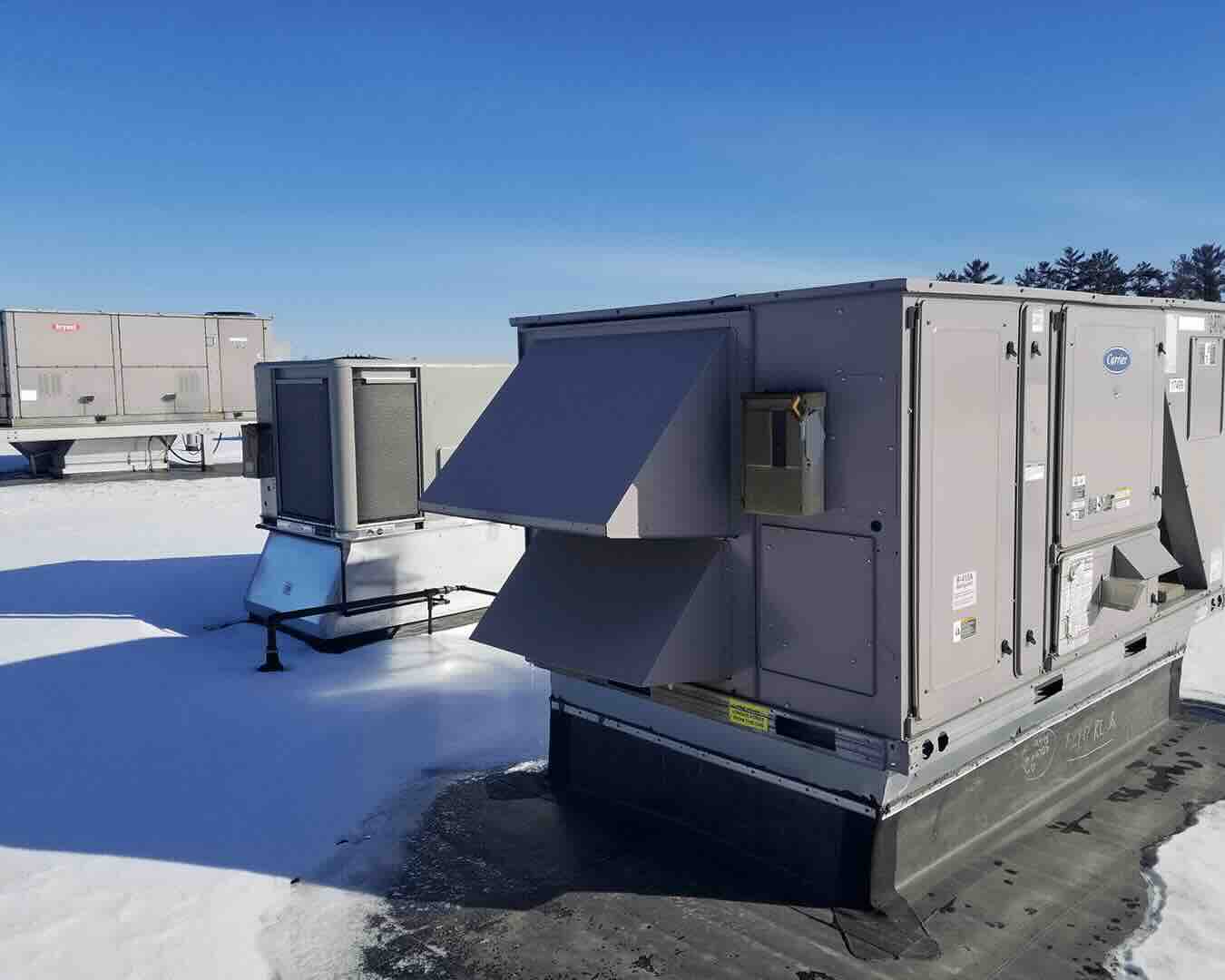

Building & Construction
What Does RTU Stand For In Construction
Modified: January 9, 2024
Discover what RTU stands for in the context of building construction and learn about its significance in the industry.
(Many of the links in this article redirect to a specific reviewed product. Your purchase of these products through affiliate links helps to generate commission for Storables.com, at no extra cost. Learn more)
Introduction
The construction industry is constantly evolving, with new techniques and technologies being introduced to improve efficiency and sustainability. One such method that has gained popularity in recent years is the use of Ready-to-Use (RTU) components in construction projects. RTU refers to pre-fabricated building elements that are manufactured off-site and brought to the construction site for assembly. These components are designed to be easily integrated into the overall structure, saving both time and labor during the construction process.
In this article, we will explore the concept of RTU in construction, its components and features, its uses, advantages, and challenges. We will also compare RTU with other construction methods and provide examples of successful projects that have utilized RTU components.
By the end of this article, you will have a comprehensive understanding of RTU and its potential impact on the construction industry. So let’s dive in and explore the world of RTU!
Key Takeaways:
- RTU components revolutionize construction with precision, sustainability, and time-saving benefits. From walls to modules, RTU offers efficient, customizable solutions for diverse projects, reshaping the industry’s approach to building construction.
- Successful RTU projects worldwide showcase the versatility and effectiveness of pre-fabricated components. From iconic bridges to luxury hotels, RTU accelerates construction timelines, enhances quality, and delivers aesthetically pleasing, functional structures across various sectors.
Read more: What Does SD Stand For In Construction
Definition of RTU
Ready-to-Use (RTU) in construction refers to pre-fabricated building components that are manufactured off-site and delivered to the construction site in a ready-to-install state. These components are usually made in a controlled environment, such as a factory, where they can be produced with precision and quality control measures.
RTU components cover a wide range of building elements, including walls, floors, roofs, stairs, and even complete modules such as bathrooms and kitchens. These components are designed and engineered to meet specific project requirements, ensuring a high level of customization and compatibility with the overall building design.
The production of RTU components involves using advanced manufacturing techniques, such as 3D modeling and computer numerically controlled (CNC) machines, to ensure accuracy and consistency. Materials commonly used for RTU components include concrete, steel, timber, and various composite materials. These materials are selected based on their strength, durability, and suitability for the specific application.
Once the RTU components are manufactured, they are carefully transported to the construction site and installed according to the project plans. This prefabricated approach allows for faster construction timelines and reduces the reliance on traditional on-site building methods, such as bricklaying or pouring concrete.
It’s worth noting that RTU components should not be confused with modular construction, although they share similar principles. While modular construction involves assembling complete building units produced off-site, RTU components are individual building elements that can be integrated into different construction systems.
In summary, RTU in construction refers to pre-fabricated building components that are manufactured off-site to streamline the construction process and enhance efficiency and quality.
Components and Features of RTU
Ready-to-Use (RTU) components in construction encompass a wide array of building elements that are designed and manufactured off-site. Here are some of the common components and their key features:
- Walls: RTU walls are pre-fabricated to precise measurements and can be made from materials such as concrete or steel. They can incorporate insulation, electrical and plumbing conduits, and windows, ensuring a high level of customization and efficiency during installation.
- Floors: RTU floor components are manufactured in factory-controlled environments to ensure durability and stability. They can include embedded piping and electrical conduits for rapid installation and can be designed to support various loads and functions.
- Roofs: RTU roof components are pre-fabricated to fit seamlessly into the overall building design. They can be designed to accommodate different roofing materials, such as shingles or metal panels, and may incorporate insulation and waterproofing layers for enhanced performance.
- Stairs: RTU stair components are factory-made to meet safety standards and project specifications. They can be constructed using concrete, steel, or timber and are designed to ensure ease of installation and durability over time.
- Bathrooms and kitchens: RTU modules for bathrooms and kitchens offer complete pre-fabricated solutions with plumbing and electrical fittings already installed. These modules are manufactured with high-quality finishes and can be easily connected to the building’s utility systems.
The features of RTU components go beyond their basic construction materials. Here are some additional features that make RTU components advantageous:
- Precision: RTU components are manufactured using advanced techniques, ensuring high precision and accuracy in measurements. This allows for seamless integration and reduces the need for on-site modifications.
- Quality control: As RTU components are produced in controlled environments, manufacturers can implement strict quality control measures to maintain consistency and ensure the highest standards of construction.
- Time-saving: By utilizing RTU components, construction projects can significantly reduce the time required for on-site assembly. With pre-fabricated elements, builders can focus more on coordination and integration rather than the time-consuming processes involved in traditional construction methods.
- Sustainability: RTU components can be designed to optimize energy efficiency and reduce waste. Through the controlled manufacturing process, material usage can be minimized, and the components can be precisely engineered for maximum performance.
Overall, the components and features of RTU exemplify the potential for increased efficiency, customization, and sustainability in construction projects.
Uses of RTU in Construction
Ready-to-Use (RTU) components are being increasingly employed in various construction projects due to their numerous advantages. Here are some of the common uses of RTU in construction:
- Residential Construction: RTU components are extensively used in residential construction projects, ranging from single-family homes to multi-unit buildings. RTU walls, floors, and roofs are commonly used to accelerate the construction process while maintaining quality and precision.
- Commercial Buildings: RTU components are also widely utilized in commercial building construction, including offices, retail spaces, and hospitality establishments. The versatility and customization options of RTU components allow for faster construction timelines while meeting the specific requirements of each project.
- Industrial Structures: RTU components find application in the construction of industrial facilities, such as warehouses and factories. These components offer efficient solutions for large-scale construction projects, reducing the on-site labor requirements and project duration.
- Institutional Buildings: Educational institutions, healthcare facilities, and government buildings often incorporate RTU components in their construction. This allows for quicker facility completion, enabling schools, hospitals, and other institutions to start serving their purposes sooner.
- Modular Constructions: RTU components can be used in modular construction projects where entire portions of a building or even complete structures are prefabricated off-site and assembled on-site. This method offers enhanced efficiency, flexibility, and cost-effectiveness.
RTU components can also be used for building extensions and renovations, providing a seamless integration with existing structures. This versatility allows for the expansion or modification of buildings with minimal disruption and faster project timelines.
It’s worth noting that the use of RTU components is not limited to new construction projects. Retrofitting existing buildings with RTU elements is also becoming popular as it offers the benefits of faster installation, improved energy efficiency, and reduced disruption to building occupants.
Overall, the uses of RTU in construction are vast, showcasing its potential to revolutionize the industry by optimizing construction timelines, reducing costs, and delivering high-quality structures.
Advantages and Benefits of RTU
Ready-to-Use (RTU) components offer numerous advantages and benefits in construction projects, revolutionizing the industry and enhancing efficiency. Here are some key advantages of using RTU:
- Time-saving: RTU components are manufactured off-site, allowing for simultaneous work on the construction site while the components are being produced. This significantly reduces the overall project timeline, resulting in faster completion and occupancy of the building.
- Cost-effective: The controlled manufacturing process of RTU components ensures precise material usage and minimizes waste. This leads to cost savings in terms of material procurement, labor, and on-site modifications, making RTU a cost-effective construction method.
- Quality control: RTU components are manufactured under strict quality control measures, ensuring consistent quality, accurate specifications, and reliable performance. This reduces the risk of errors or deficiencies commonly associated with on-site construction.
- Customization: RTU components can be tailored to meet specific project requirements, allowing for high levels of customization. Components can be produced in a variety of sizes, shapes, and finishes, ensuring compatibility with the building design and desired aesthetics.
- Energy efficiency: RTU components can be designed with improved insulation, reducing energy consumption and enhancing the overall energy efficiency of the building. This can lead to long-term cost savings on heating and cooling expenses.
- Sustainability: The controlled manufacturing process of RTU components minimizes waste and optimizes material usage. Additionally, the ability to incorporate energy-efficient features reduces the environmental impact of the construction project.
- Reduced on-site disruption: With RTU components, on-site construction activities are minimized, reducing noise, dust, and inconvenience to neighboring properties and building occupants. This is especially beneficial in urban areas with limited space and strict regulations.
The benefits of using RTU extend beyond the construction phase. The accelerated project timelines and improved quality of RTU components contribute to faster revenue generation for investors and developers. Furthermore, the reduced construction period results in less on-site labor, which can mitigate the impact on the local community and reduce disturbance during construction.
In summary, the advantages and benefits of RTU in construction include saving time and costs, ensuring high quality, enabling customization, promoting energy efficiency, supporting sustainability goals, and reducing on-site disruption.
RTU stands for “Roof-Top Unit” in construction. It refers to a type of HVAC system that is typically installed on the roof of a building, providing heating, cooling, and ventilation.
Read more: What Does PR Stand For In Construction
Challenges and Limitations of RTU in Construction
While Ready-to-Use (RTU) components offer numerous benefits, there are also some challenges and limitations associated with their use in construction projects. It’s important to be aware of these factors to make informed decisions when considering the implementation of RTU. Here are some key challenges and limitations:
- Design limitations: RTU components may have design limitations in terms of size, shape, and complexity. This can restrict the architectural design possibilities and require additional planning and coordination to ensure compatibility with the overall building design.
- Transportation and logistics: RTU components are manufactured off-site and transported to the construction site. The transportation and logistics involved can be complex, especially for large or bulky components. Proper planning and coordination are required to ensure the timely delivery of components and minimize the risk of damage during transportation.
- Project coordination: Integrating RTU components into a construction project requires close coordination between different stakeholders, including architects, engineers, contractors, and manufacturers. Effective communication and coordination are necessary to ensure smooth installation and avoid delays or rework.
- Site accessibility: Some construction sites may have limited access or challenging terrain, making it difficult to transport and install RTU components. Site assessments and proper planning are essential to overcome these challenges and ensure successful implementation of RTU.
- Cost of customization: While customization is an advantage of RTU, it can also come at an additional cost. Tailoring components to meet specific project requirements may involve higher design and manufacturing costs compared to standard components. Therefore, a careful cost-benefit analysis is needed to determine the feasibility of customization.
- Dependency on manufacturing: The reliance on off-site manufacturing means that any delays or issues in the production process can directly impact the construction timeline. It’s crucial to work with reputable manufacturers and have contingency plans in place to mitigate potential delays.
- Skilled labor requirements: Although RTU components can streamline the construction process, skilled labor is still required for their installation and integration. Ensuring the availability of trained workers who are experienced in working with RTU components is essential for successful implementation.
Despite these challenges, the benefits of RTU often outweigh the limitations, making it a valuable construction method in many projects. By understanding and addressing these challenges, construction professionals can leverage the advantages of RTU while mitigating potential risks.
Comparison of RTU with Other Construction Methods
Ready-to-Use (RTU) components in construction offer distinct advantages over traditional construction methods. Here is a comparison between RTU and other common construction methods:
- RTU vs. Site-Built Construction: In traditional site-built construction, components are assembled on-site using raw materials. This method requires extensive labor, resulting in longer construction timelines and increased costs. RTU components, on the other hand, are pre-fabricated off-site, reducing on-site labor requirements and accelerating project completion.
- RTU vs. Modular Construction: While RTU components share similarities with modular construction, there are some key differences. Modular construction involves assembling complete building units produced off-site, while RTU components refer to individual building elements. This distinction provides more flexibility in design and customization with RTU, while modular construction offers faster assembly of pre-fabricated modules.
- RTU vs. Traditional Masonry: Masonry construction involves manually laying bricks or blocks on-site. This method can be time-consuming and labor-intensive, as each individual unit needs to be placed and aligned. RTU components, on the other hand, are pre-fabricated to precise measurements, allowing for faster installation and improved quality control.
- RTU vs. Precast Construction: Precast construction involves manufacturing large concrete panels or elements off-site and then transporting and assembling them on-site. While similar to RTU in terms of pre-fabrication, precast construction is often limited in customization compared to RTU. RTU components offer greater flexibility, allowing for more tailored design options.
- RTU vs. Stick-Built Construction: Stick-built construction refers to the traditional method of constructing a building on-site, piece by piece. This method requires substantial time, labor, and coordination, leading to longer project timelines. RTU components, on the other hand, can be quickly assembled, reducing construction time and minimizing on-site disruptions.
Overall, RTU components offer advantages such as faster construction timelines, reduced labor requirements, improved quality control, and increased customization compared to traditional construction methods. However, it’s essential to consider the specific project requirements, site conditions, and budget constraints when deciding the most suitable construction method.
Examples of Successful RTU Projects
Ready-to-Use (RTU) components have been successfully implemented in various construction projects worldwide. Here are a few examples of notable projects that have utilized RTU:
- Hong Kong-Zhuhai-Macao Bridge: This iconic bridge, connecting Hong Kong, Macao, and Zhuhai in China, features RTU precast concrete segments. The use of RTU components allowed for faster assembly and reduced on-site construction time, making it one of the longest sea-crossing bridges in the world.
- Hotel Viu Milan, Italy: The Hotel Viu Milan, a luxury hotel in Milan, utilized RTU façade panels. These panels were manufactured off-site and delivered ready for installation, significantly reducing the construction time. The RTU panels also provided complex design elements and a high-end finish to the building.
- Thames Tower, Reading, UK: The Thames Tower, a commercial office building in Reading, UK, incorporated RTU floor components. The use of RTU flooring panels allowed for quicker construction and installation, resulting in faster project completion and reduced disruption to nearby businesses.
- World Trade Center Transportation Hub, New York City: The transportation hub at the World Trade Center in New York City utilized RTU steel trusses in its construction. These pre-fabricated trusses were engineered to exact specifications and seamlessly integrated into the building, reducing on-site labor and accelerating the project timeline.
- Oslo Airport Expansion, Norway: The expansion of Oslo Airport, Norway’s largest airport, incorporated RTU modular bathrooms. The use of RTU bathrooms reduced on-site construction time, improved quality control, and enhanced the overall passenger experience.
These successful RTU projects demonstrate the effectiveness and versatility of using pre-fabricated building components. The implementation of RTU has resulted in faster construction timelines, improved project efficiency, and enhanced quality control, while still delivering aesthetically pleasing and functional structures.
These examples also illustrate how RTU components have been utilized in various types of construction, including bridges, hotels, office buildings, transportation hubs, and airports. The adaptability of RTU allows for its application across different sectors and architectural designs.
It’s important to note that these examples represent just a fraction of the many successful RTU projects worldwide. The growing adoption of RTU in construction indicates its potential to reshape the industry by offering efficient and innovative solutions.
Conclusion
Ready-to-Use (RTU) components have emerged as a game-changer in the construction industry, revolutionizing the way buildings are designed and constructed. The use of RTU offers a multitude of benefits, including reduced construction time, enhanced quality control, increased customization, and improved sustainability.
Throughout this article, we have explored the definition of RTU, its components, features, uses, advantages, and challenges. We have also compared RTU with other construction methods and highlighted examples of successful RTU projects. It is evident that the implementation of RTU can significantly streamline the construction process, leading to faster project completion, cost savings, and improved efficiency.
However, it is essential to understand that RTU is not a one-size-fits-all solution. Careful consideration of project requirements, site conditions, and budget constraints is necessary to determine whether RTU is the most suitable construction method.
As the construction industry continues to evolve, the adoption of innovative approaches like RTU becomes increasingly important. The ability to prefabricate building components to precise specifications in a controlled environment allows for greater efficiency, improved quality, and reduced environmental impact. This aligns with the growing demand for sustainable and time-efficient construction practices.
In conclusion, RTU has transformed the construction landscape by offering a faster, more efficient, and customizable approach to building construction. By embracing the benefits of RTU, the construction industry can meet the evolving demands of clients and achieve sustainable growth in the future.
Frequently Asked Questions about What Does RTU Stand For In Construction
Was this page helpful?
At Storables.com, we guarantee accurate and reliable information. Our content, validated by Expert Board Contributors, is crafted following stringent Editorial Policies. We're committed to providing you with well-researched, expert-backed insights for all your informational needs.
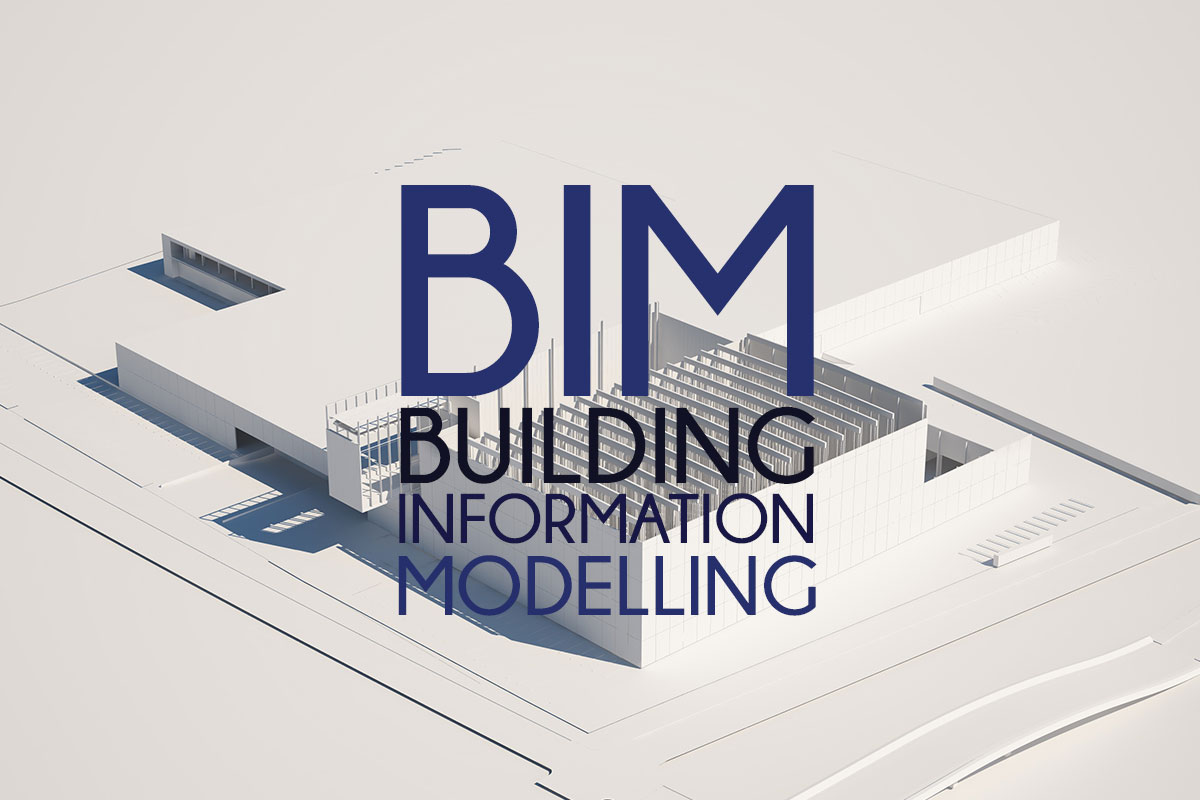
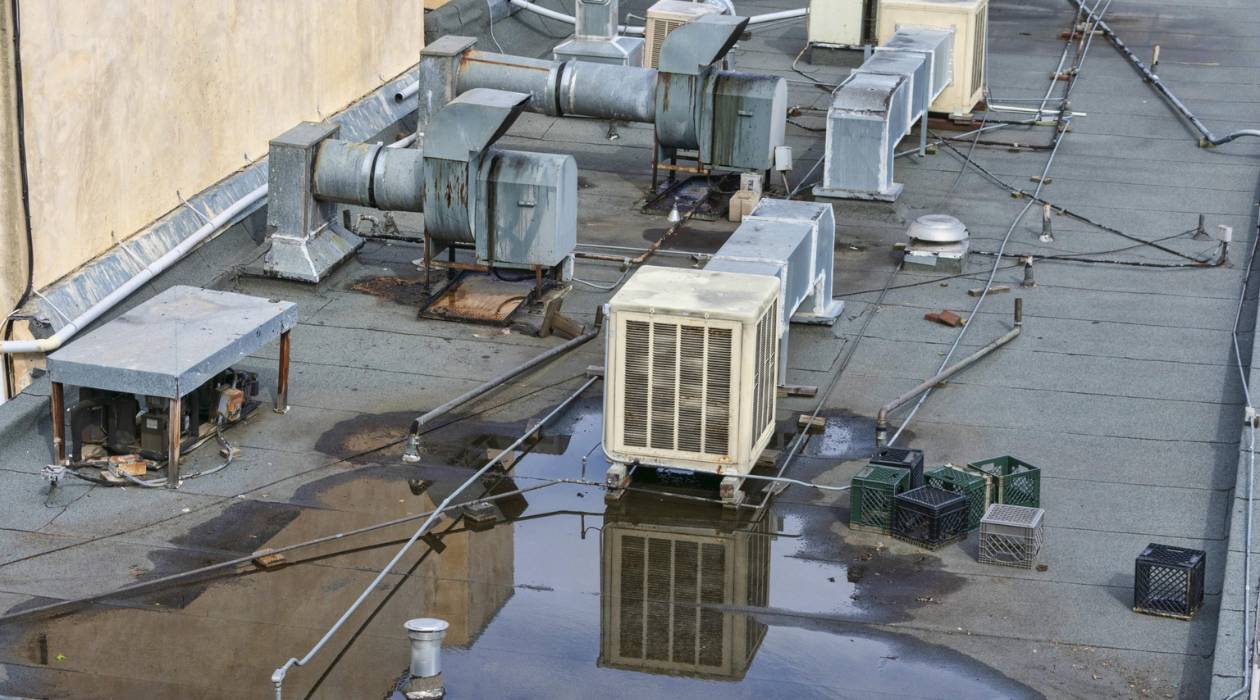

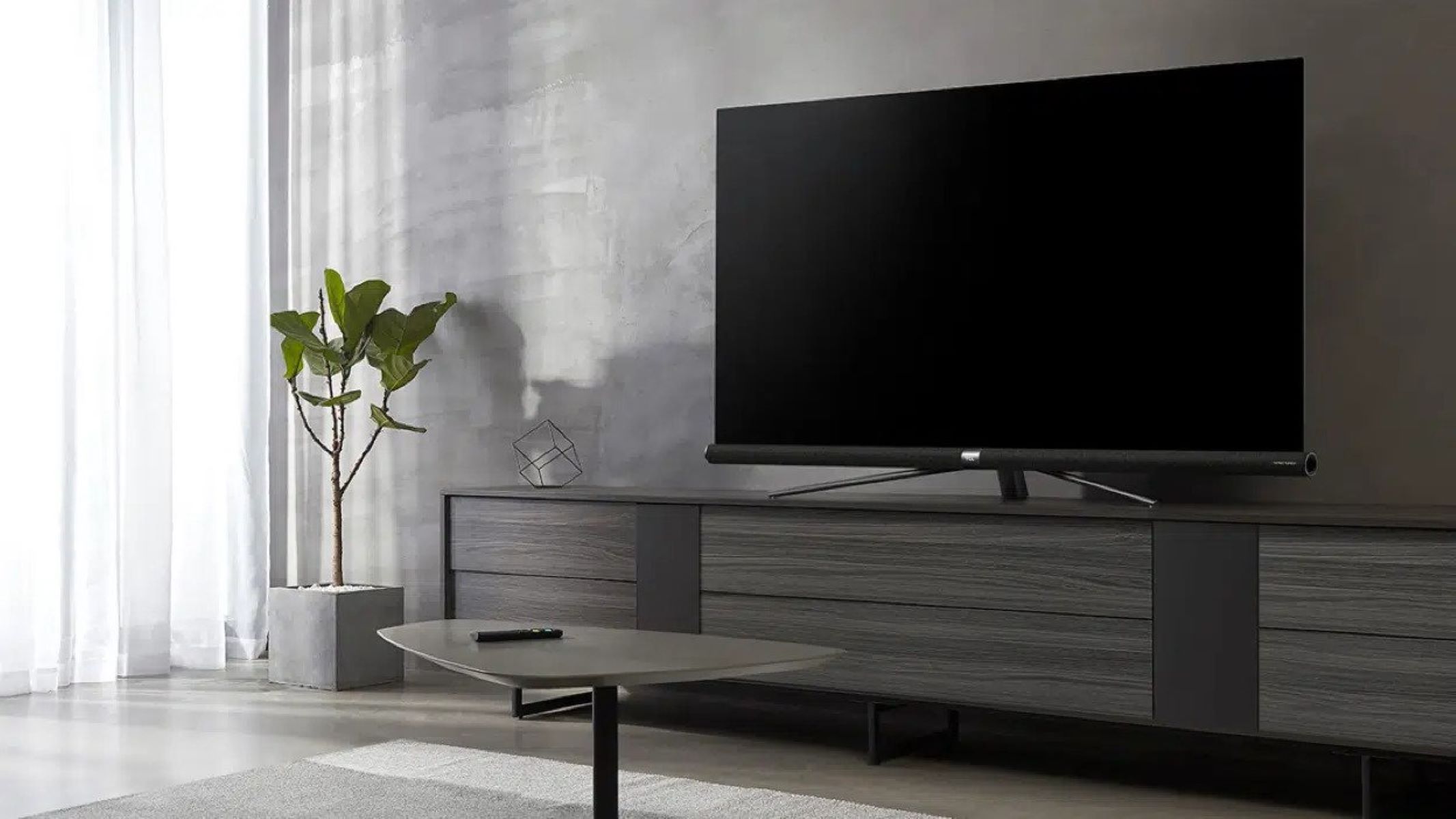
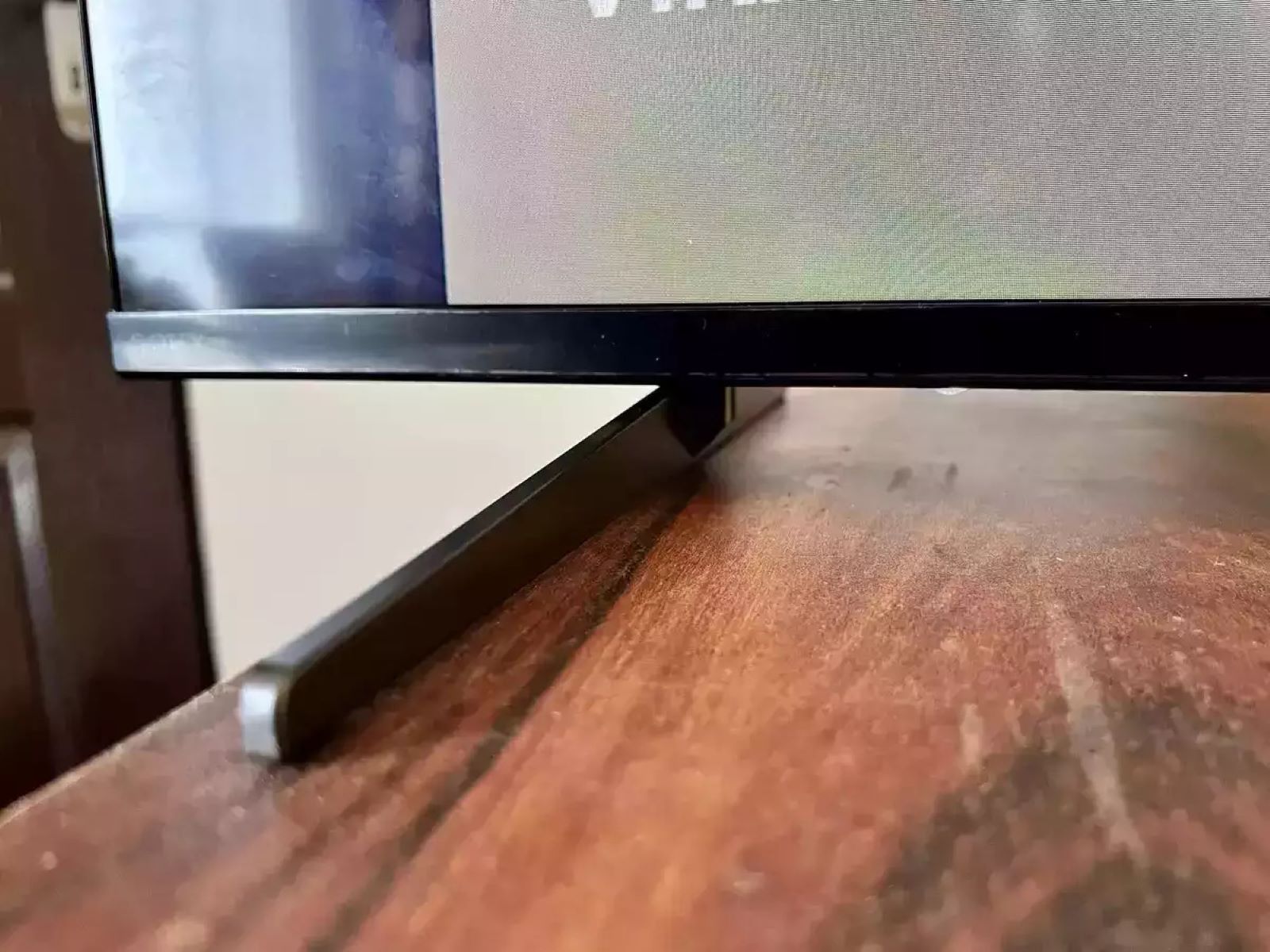



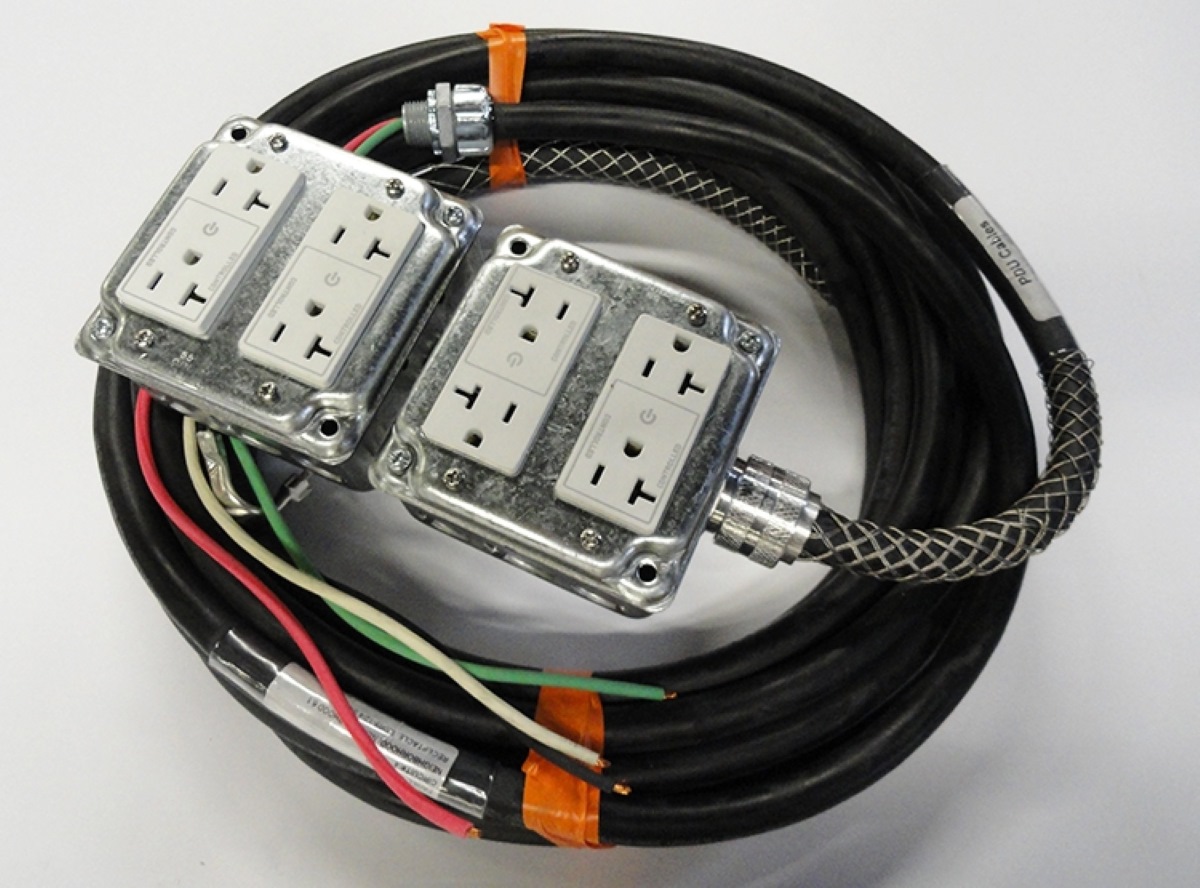


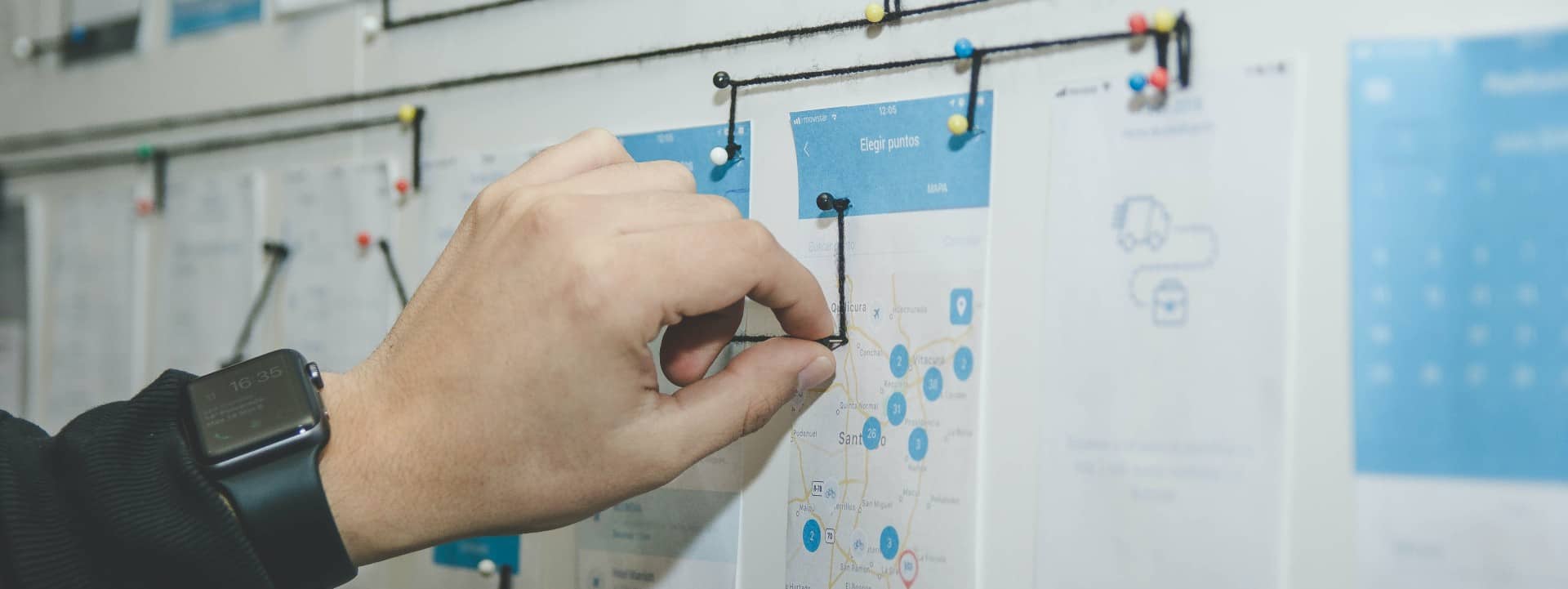



0 thoughts on “What Does RTU Stand For In Construction”